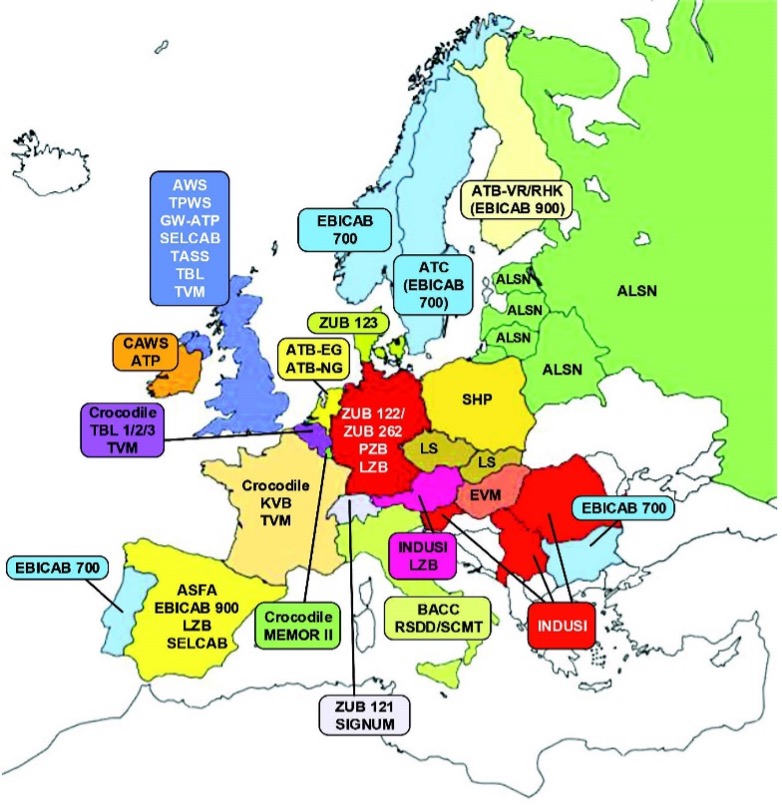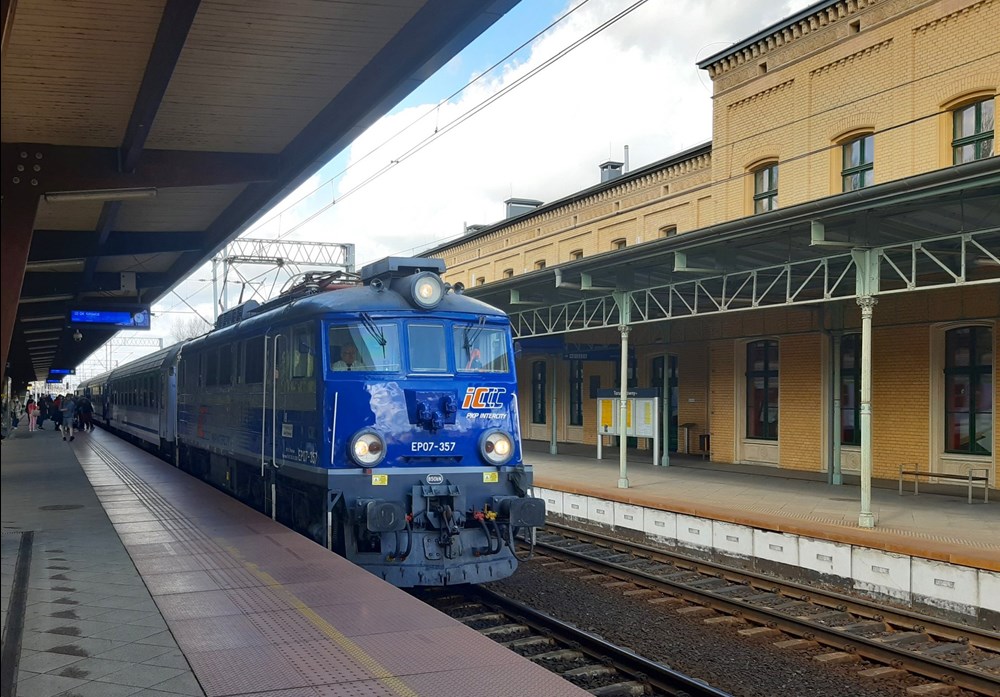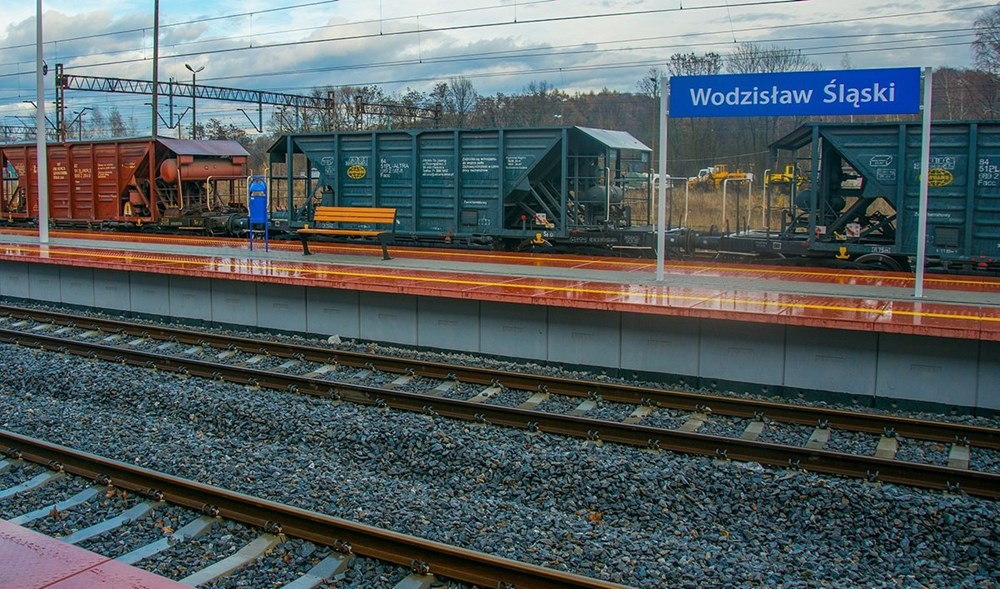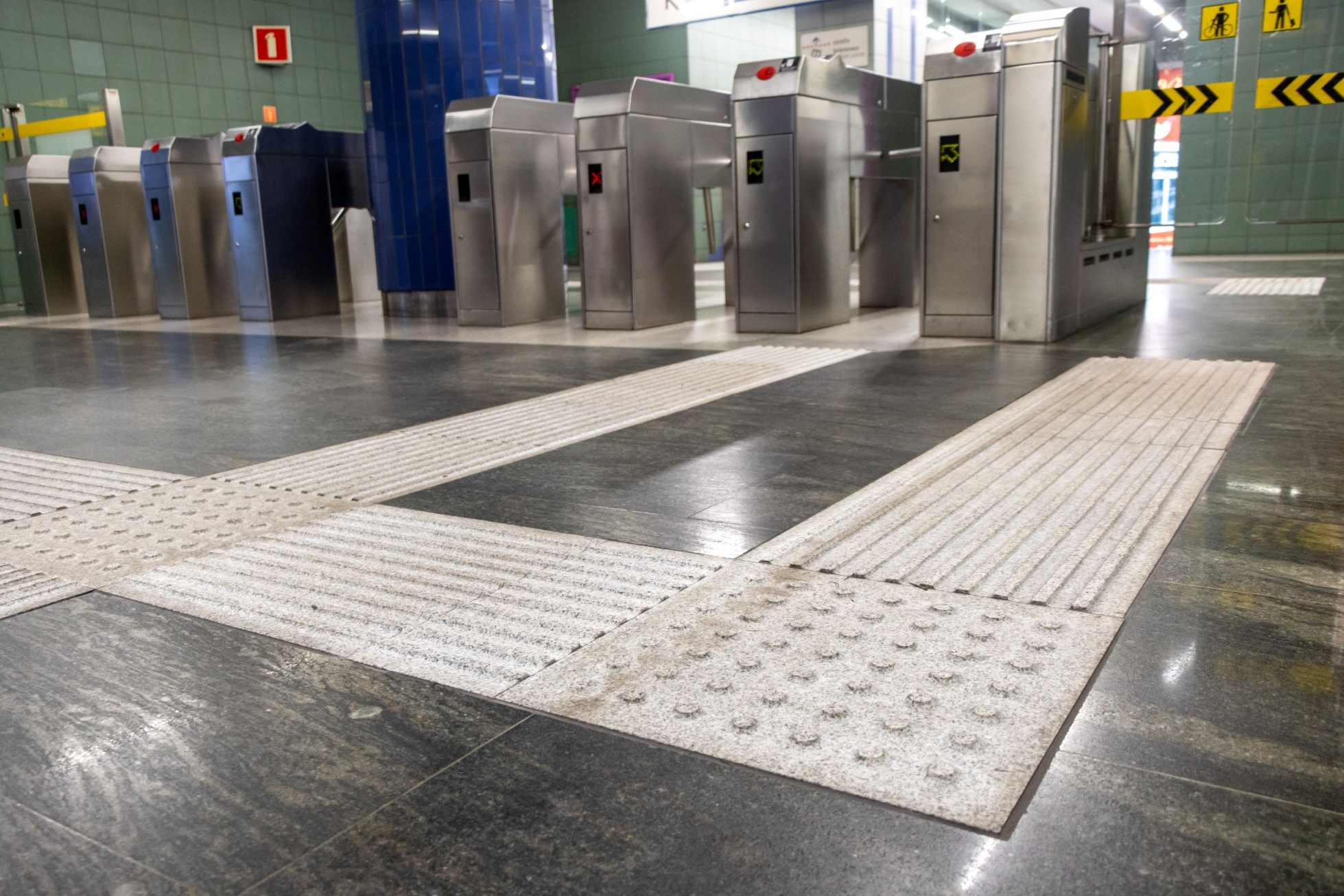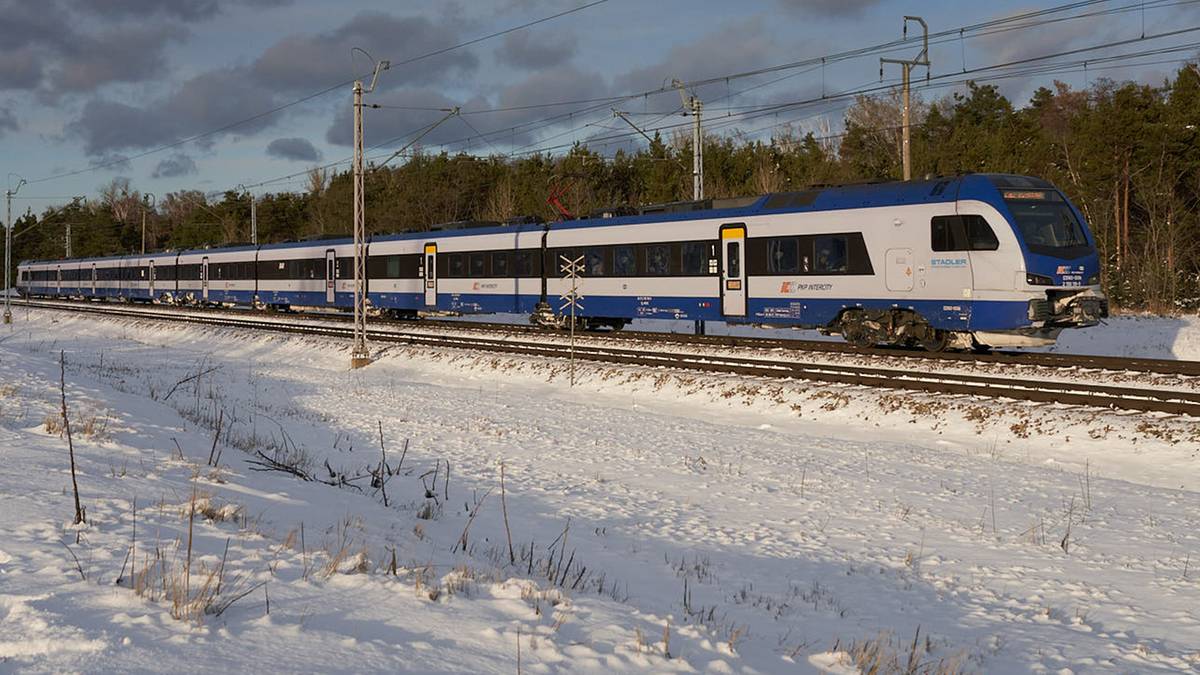Uniqueness of the European signaling systems
Traveling between European countries reveals the diversity and uniqueness of each country, including their railway systems.
Europe is one of the most diverse areas when it comes to signaling systems. With more than 20 national systems in place, the entire network is composed of different subsystems developed under different paradigms, specifications, and functions. Even though modern signaling systems like the European Train Control System (ETCS) are being incrementally deployed, the combination of various infrastructures poses a real challenge to integrate the systems into one unified network.
Remember to read the article on Serbian railway signaling
The current and former legacy systems of the European countries are illustrated in Picture 1:
Picture 1: The diversity of railway systems in Europe (Ref.)
Each national system originates from different national rail philosophies and country-specific requirements. This has inevitably led to the development of exclusive train control solutions and safety improvement.
For safe operation in a specific country, trains must be equipped with that country’s signaling system, sometimes requiring multiple systems for a single train. The lack of interoperability among these systems results in significant integration and engineering work. This complexity consequently increases the overall costs for trains that run across national borders.
The systems range from those requiring visual observation of external cab signaling and driver’s acknowledgment in certain situations (SHP, PZB) to more complex ones supervising train movements, providing braking curves (LZB), announcing speed restrictions, and other indicators. Each system requires explicit hardware components to comprehend different communication channels, like antennas to receive signals from the tracks or specific radio receivers. In most cases, these elements of legacy systems are incompatible with each other.
ETCS as a solution to system harmonization
Over the years, Europe has been developing and implementing one signaling system ETCS (European Train Control System) that sets new standards in the railway area. The vision is to harmonize these systems, facilitating interoperability among different countries, vehicles, and trackside equipment.
Diverse national systems reduce interoperability and prevent vehicles from moving across the border because of the lack of equipment that vehicle needs. ETCS in its principle intends to remove these limitations.
Multiple countries started years ago with pilot projects to implement ETCS onto the tracks. These were significant milestones and the backbone for future improvements and the next stages of system deployment.
However, unifying ETCS and legacy systems presents multiple challenges:
- Trackside characteristics
While ETCS brings unification, trackside systems in countries vary. Tracks may implement ETCS L1, L2, or both in some cases (HSL-Z line in the Netherlands), and sometimes use mixed signaling.
Mixed signaling is a prevailing configuration in countries where the line has to stay operational for trains equipped with a legacy system in order not to reduce the number of trains. In such a configuration ETCS is installed as an overlay on the existing legacy (Class-B) system. As a result, the full capacity of ETCS cannot be harnessed because of the limitations of legacy systems, which include for example speed limitations and long block sections.
- Different system configurations (Baselines)
ETCS in its design aims for integration of the vehicle and trackside. To facilitate this, both system has to be compatible with each other. Several different versions of ETCS baselines exist. Vehicles equipped with older versions of the system will require an upgrade of the onboard units to accommodate future system updates.
Compatibility between different baselines is depicted in Picture 2:
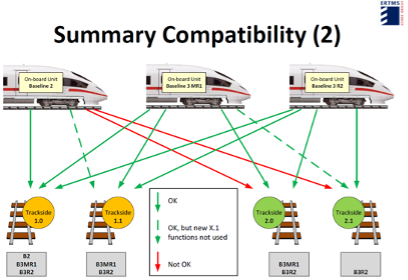
Different versions of the vehicle and system compatibility
Picture 2: Different versions of the vehicle and system compatibility (ref. ERTMS User Group)
National Implementation Plans (NIP) developed by countries can help predict the direction of ETCS rollout in specific countries. These plans are fundamental in forming a vision and preparing for future system integration.
- Costs of system implementation
The overall cost of the system deployment remains high. Because of the complexity of the requirements, changes in system specification, and respective baselines, it means that either infrastructure managers or railway operators will have to face the costs of future system updates.
- Failures and integration issues
Late-stage failures can lead to operational disruptions, leading to costly delays and impacting service reliability. Changes or repairs might require significant modifications to already installed systems. Operational issues detected at a late stage might lead to integration problems, which are usually more challenging to resolve compared to early-stage detection.
On 10 August 2023, a new set of TSI CCS specifications was by the European Commission for Implementing Regulation (EU) 2023/1695 on the technical specification for interoperability relating to the control-command and signaling subsystems. This poses multiple implications in the timelines of future implementation of ETCS systems and all stakeholders have to bear in mind its impact on current and future projects.
Interoperability and ETCS System Compatibility (ESC)
Interoperability is a key feature of the ETCS systems and refers to the ability of diverse signaling and communication systems, often from different manufacturers or used in different countries, to work seamlessly together. This concept is crucial for efficient and safe railway operations, especially in regions where trains cross international borders or where multiple rail operators use the same tracks.
To increase the deployment rate, ETCS must facilitate the smooth implementation and interoperability of train control systems across Europe. The ETCS System Compatibility process, commonly known as ESC, has been established to ensure technical compatibility between on-board train systems (CCS) and the trackside elements of ETCS. Key objectives of the ESC include ESC checks that intend for:
- Improvement and confirmation of technical compatibility of on-board and signaling systems in the intended area of vehicle operation,
- Standardization of testing procedures for ETCS integration between trains and tracks.
- Prioritization of laboratory tests against field testing,
- Minimizing unnecessary evaluations conducted by third-party assessors,
- Highlighting the responsibility of Infrastructure Managers and ETCS manufacturers in this process.
Picture 3 shows an example of ESC test scenario from ETCS L1 line in Belgium.
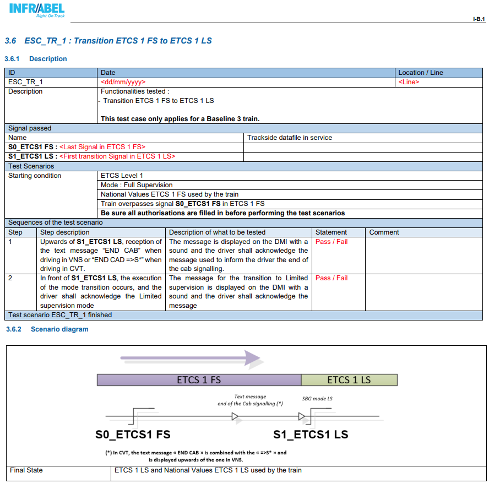
Example of ESC test from ETCS L1 test catalogue in Belgium
Picture 3: Example of ESC test from ETCS L1 test catalog in Belgium
The application of ESC tests is linked to the preparation of ESC test catalogues by countries. Such specifications are available under ERA’s webpage (LINK) and are being updated based on the availability of new documents.
Below are some example conditions for ESC tests provided by the European Railway Agency (ER) in the “Guide for the application of the CCS TSI” (issue GUI/CCS TSI/2020):
- ESC Checks can be ESC Tests or other type of checks (e.g. paper analysis);
- ESC Tests should be based on Operational Scenarios and Trackside Implementations;
- ESC Tests should be performed in ESC Test Facilities representing the relevant parts of real trackside implementations for one or more ESC Types;
- only tests that cannot be performed in a laboratory environment, according to the ESC checks definition provided by the IM, should be conducted on the actual trackside;
In practice, ESC tests can significantly reduce the number of tests to be performed by the onboard supplier due to the harmonization of requirements. As an example, the introduction of ESC tests led to a reduction of requirements and tests in Dutch test specification (Richtlijn) roughly by two-thirds from around 450 to 150 test cases.
Adding that ESC tests can be performed in the Interoperability laboratories (IOP), means that the effort to perform the tests is much reduced. To achieve more flexibility, investing in certified IOP laboratories is crucial. Currently, only a few countries (for example the Netherlands, Switzerland, and Italy), accommodate certified lab centers to facilitate IOP activities.
Integration of on-board and trackside often reveals new failures not visible when components are tested in isolation. ESC intends to mitigate the issues and detection before system deployment. However, ESC may also be affected by various factors, including different understanding of requirements, operational scenarios, engineering rules, interpretations by stakeholders, and the specific technical solutions from each onboard and trackside.
Similar to ESC, Radio System Compatibility (RSC) was introduced. It assesses the technical compatibility between onboard voice and data radio systems and the trackside parts of the GSM-R subsystems within a vehicle’s operational area. RSC checks, equivalent to ESC checks, must be fulfilled if a GSM-R onboard subsystem is intended for use on the vehicle. The current specifications for Radio System Compatibility are available on the ERA’s website (LINK).
Summary
Europe has continuously improved its railway network by upgrading existing infrastructure both trackside and on-board vehicles. The number of tracks equipped with ETCS L1 or L2 systems is continuously growing, as more operators, railway undertakings, and infrastructure managers recognize its benefits.
Choosing ETCS is still a viable alternative to legacy systems. Existing signaling systems will eventually need replacement due to becoming outdated, unreliable, or inadequate for current operational demands. The railway industry faces a decision: adopt the new digital train control technologies, including ETCS, or continue updating existing infrastructure with similar, potentially outdated technology. Retrofit solutions allow ETCS to be installed even on old vehicles and locomotives, keeping them operational to prolong the utilization of the current railway fleet.
However, while ESC and RSC checks bring us closer to interoperability, evolving TSI specifications and high costs of system deployment may deter operators from investing.
To keep pace and achieve full interoperability, harmonization is needed in terms of understanding the requirements, and realization of functions both on the trackside and on-board. Increasing the number of certified IOP laboratories is needed to significantly reduce the effort and costs for suppliers to verify and validate systems during test campaigns.
National solutions should be reduced or eliminated, leading to a full focus on interoperability. Filling gaps in skill and expertise by creating expert groups to address specific issues and problems can be beneficial. Initiatives like the Trans-European Transport Network (TEN-T), aiming to create comprehensive transport networks for passengers, goods, and services across EU countries, can accelerate the growth of current railway connectivity and the implementation of new systems.
The future of the transportation system in Europe looks promising and optimistic, with immense potential for growth. The direction of this growth and development will depend on each member state and their consensus in bringing the vision to fruition.
—
Artur Wolnica https://www.arturwolnica.com

 2 lat temu
2 lat temu
